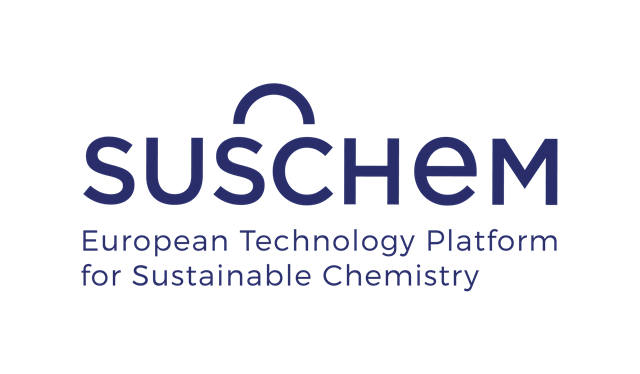The SusChem flagship F3 Factory project was in the spotlight at the European Commission’s Research and Innovation conference on “Shaping our Future” as an example of how to leverage EU research funding with the use of the Structural Funds. This is one of the key recommendations in the report of the High-Level Group led by Pascal Lamy, released at the conference on 3 July, to launch the debate on the next EU Framework Programme, FP9. Entitled ‘LAB – FAB – APP: investing in the European future we want’, the report delivers a strong message that investing in research and innovation is crucial for the future of Europe in a rapidly globalising world.
To shape our future together, we need to imagine, invent and create. We need research (“Labs”), innovation competitive fabrication (“Fabs”) and applications for the benefit of all (“Apps”). Hence the title of the report: Lab, Fab, App: investing in the future we want.
Launching the report European Commissioner for Research and Innovation Carlos Moedas underlined the crucial role of research and innovation for the future by saying: “Without science and innovation there is no growth. Without science and innovation there are no jobs.”
Reacting to the report on behalf of industry, Jean Pierre Clamadieu, CEO of Solvay and President of the Cefic council, told the conference: “Together with Commissioner Moedas, we can imagine a new FP9 that nurtures a European-based research, innovation and science ecosystem linked to industry".
F3 Factory success
The SusChem visionary project ‘The F3 Factory’ was highlighted at the conference by Marc Lemaitre, Director-General the Commission’s DG REGIO, as a success story showing how research and innovation projects can be combined with EU structural and investment funding and thus achieve rationalisation of EU funding schemes. This is one of the key recommendations of the LAB-FAB-APP report, echoed at the conference.
This F3 Factory FP7 initiative showed how it was possible “to leverage all assets in Europe” said Lemaitre (speaking above). The €30 million F3 Factory project, implemented between 2009 and 2013, was conceived and developed by a SusChem working group and looked to create the future of [chemical] production. The project was hugely successful in developing new modular production processes.
The German region of Nordrhein-Westfalen was then able to use money from the EU Regional Development Fund, and through its smart specialisation strategy has been able to form a new project in order to bring the F3 Factory concept closer to commercialisation for pharmaceutical processes.
The MoBiDik project scaled-up and validated the F3 Factory results showing a potential 40% reduction in capital costs and a 30% reduction in energy consumption. The work is continuing through the MoBiDik Pro project funded by Bayer.
Double R&I budget
The LAB-FAB-APP impact report focuses on proposing guiding principles for designing the post-2020 EU programme for research and innovation; provisionally entitled FP9. The 11 recommendations of the report aim to maximise the impact of future EU research and innovation programmes and each is exemplified by a key action.
Amongst the 11 recommendations in the report are proposals to double the budget of the post-2020 EU research and innovation programme, foster ecosystems that will promote and invest in innovative ideas with rapid scale-up potential through a European Innovation Council, and modernise the education and training of people for a creative and innovative Europe. Other actions look to further simplify EU R&I funding schemes and instruments, stimulate the involvement of citizens, and communicate the results and impact of EU R&I funding better.
The high level group that produced the report was led by Pascal Lamy, former European Commissioner and President Emeritus of the Jacques Delors Institut, and comprised 11 eminent personalities from research, innovation and education including Martin Brudermüller, Chief Technology Officer for BASF.



No comments:
Post a Comment
Please post your comment here. Please note that this newsblog is not moderated.
Note: only a member of this blog may post a comment.